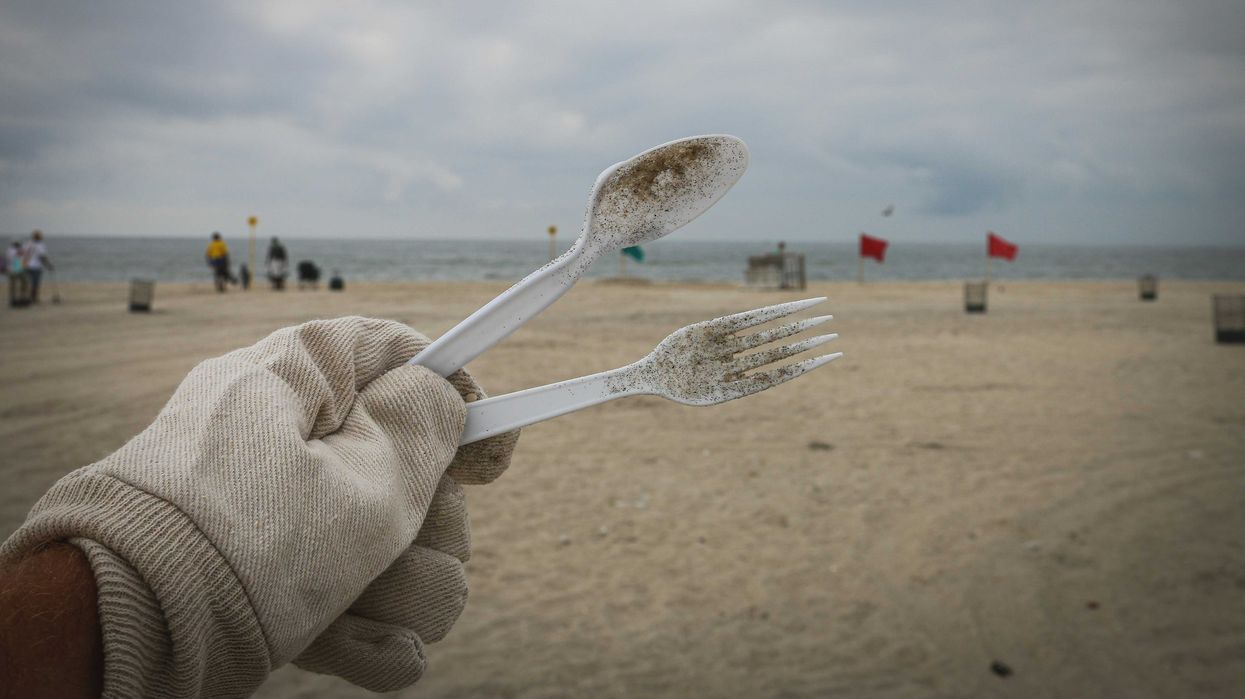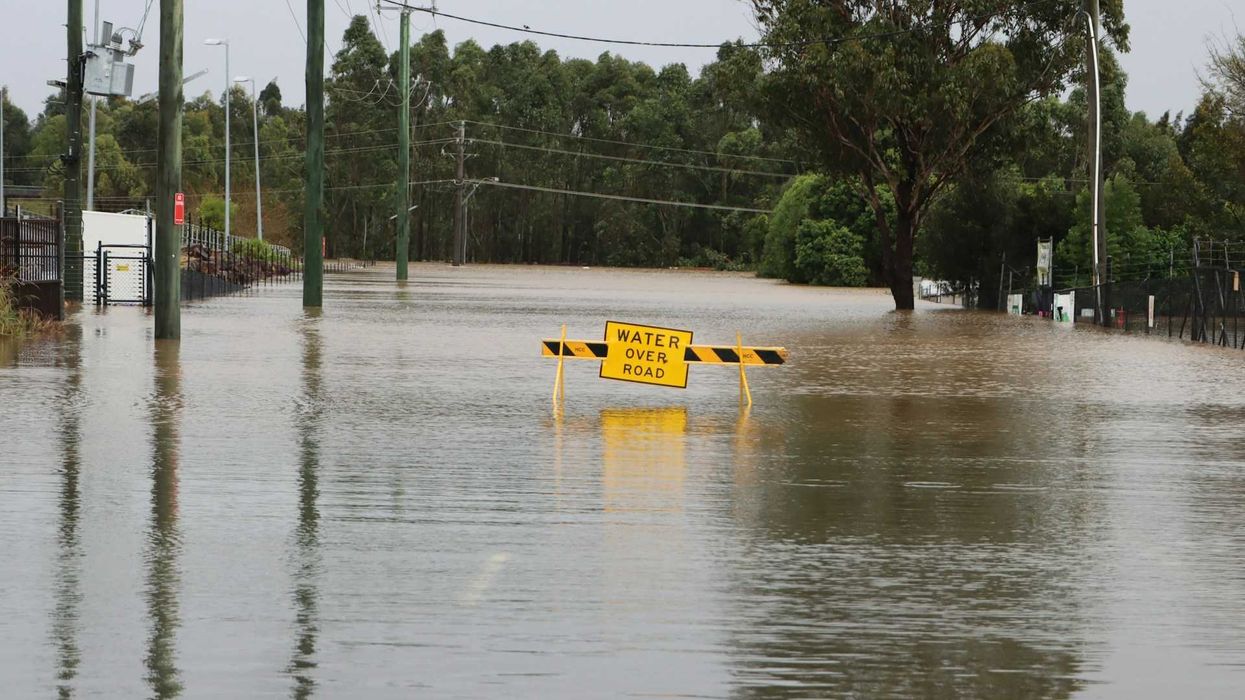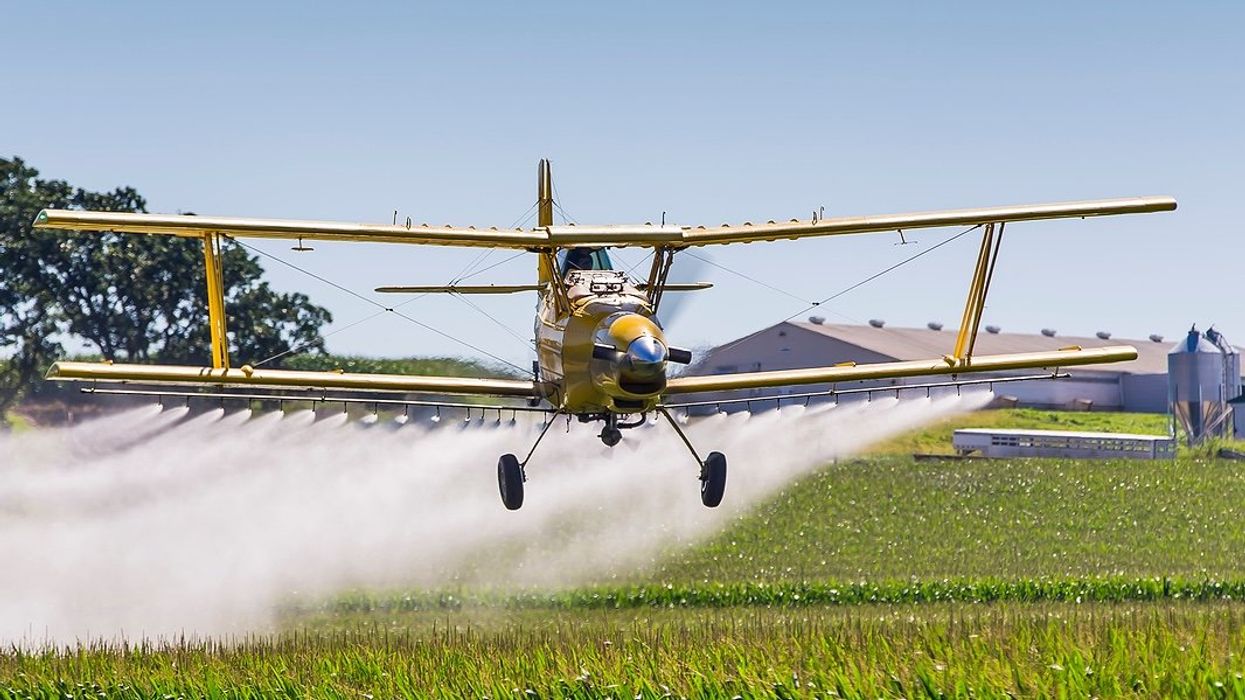A recent UK investigation found high levels of hazardous pesticides in tampons, revealing serious gaps in chemical regulation for menstrual products.
Panashe Nyadundu reports for Elle UK.
In short:
- Tampons sold in the UK were found to contain glyphosate — a probable human carcinogen — at levels 40 times higher than the UK’s legal limit for drinking water.
- Experts warn these toxins can be absorbed directly into the bloodstream via vaginal tissue, increasing health risks including cancer and Parkinson’s disease.
- Activists are pushing for policy reforms including mandatory ingredient transparency, organic product standards in schools, and regulation of menstrual products similar to cosmetics.
Key quote:
“Consumers are unaware of the chemical cocktail contained in many period products and so cannot make an informed choice.”
— Josie Cohen, interim director, Pesticide Action Network UK
Why this matters:
Most people assume basic hygiene products like tampons are safe, yet many are made with conventionally grown cotton treated with pesticides. Because tampons are used internally, chemicals like glyphosate can bypass the body’s detox systems and enter the bloodstream more directly than if applied to the skin. This raises particular concerns for young people, whose developing bodies are more vulnerable to endocrine disruption, reproductive issues, and chronic diseases. The lack of government oversight, ingredient labeling, or safety testing for these products leaves consumers largely in the dark. As the demand for safe, sustainable period products grows, so too does the urgency for public health protections.
Related: Evidence of PFAS found in tampons — including organic brands














